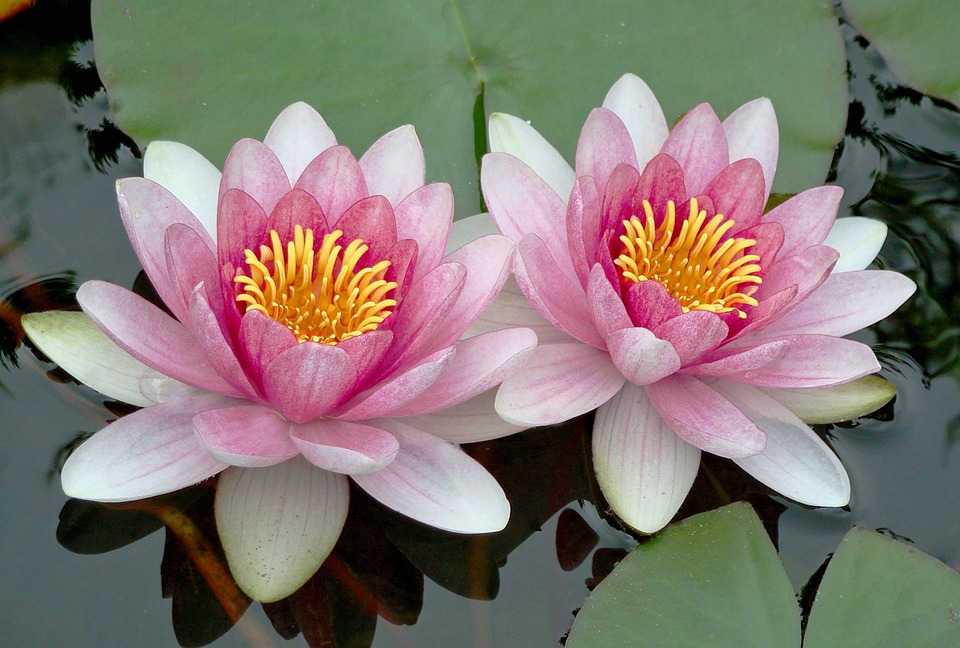Introduction
Starting a garden can be a rewarding and enjoyable experience, especially for beginners. Whether you have a small balcony or a spacious backyard, outdoor garden plants can transform your space into a vibrant oasis. In this article, we will discuss some of the best plants for beginners, along with tips and ideas to help you get started on your gardening journey.
Choosing the Right Plants
When it comes to selecting outdoor garden plants as a beginner, it is essential to choose plants that are easy to grow and maintain. Here are a few suggestions:
- Herbs: Herbs like basil, mint, and rosemary are great options for beginners. They are low-maintenance and can thrive in various conditions.
- Succulents: Succulents are known for their ability to withstand drought conditions, making them perfect for beginners who may forget to water their plants occasionally.
- Zinnias: Zinnias are colorful and vibrant flowers that are easy to grow from seeds. They attract pollinators and can add a cheerful touch to any garden.
- Tomatoes: Growing your own tomatoes can be rewarding and relatively simple. Choose determinate varieties for a more compact and manageable plant.
Preparing the Soil
Before planting your outdoor garden plants, it is crucial to prepare the soil properly. Here are a few steps to follow:
- Clear the area: Remove any weeds, rocks, or debris from the planting area.
- Loosen the soil: Use a garden fork or tiller to loosen the soil, allowing plant roots to penetrate easily.
- Add compost: Incorporate organic matter, such as compost or well-rotted manure, into the soil to improve its fertility and drainage.
- Level the soil: Rake the soil to create a level surface for planting.
Caring for Your Plants
Once your outdoor garden plants are in the ground, proper care is essential for their health and growth. Consider the following tips:
- Watering: Water your plants regularly, allowing the soil to dry slightly between waterings. Ensure the plants receive adequate moisture without becoming waterlogged.
- Fertilizing: Apply a balanced slow-release fertilizer to promote healthy growth. Follow the instructions on the fertilizer package for the correct application rate.
- Weeding: Regularly remove any weeds that may compete with your plants for nutrients and space.
- Pruning: Some plants may require pruning to shape them or remove dead or diseased parts. Research the specific needs of your plants and prune accordingly.
FAQs
1. How often should I water my outdoor garden plants?
Watering requirements can vary depending on the plant species, climate, and soil conditions. In general, most outdoor garden plants need regular watering, especially during dry spells. Check the moisture level of the soil by inserting your finger about an inch below the surface. If it feels dry, it’s time to water. However, be careful not to overwater as it can lead to root rot and other issues.
2. Can I grow outdoor garden plants in containers?
Absolutely! Container gardening is an excellent option for those with limited space or who want more flexibility. Choose containers that have drainage holes to prevent waterlogging. Use a high-quality potting mix and ensure your plants receive adequate sunlight and water.
3. What should I do if my plants are attacked by pests?
Pests can be a common problem in gardens. Start by identifying the specific pest causing damage and research the appropriate methods to control them. There are various organic and chemical solutions available, depending on your preference. Additionally, practicing good garden hygiene, such as removing dead leaves and debris, can discourage pests from taking up residence.
4. How do I know when to harvest my vegetables?
The harvesting time of vegetables varies, and it’s often indicated on seed packets or plant tags. However, general signs include the vegetable reaching a desirable size, color change, or the crop being ready to eat. Research the specific harvesting requirements for each vegetable you are growing to ensure optimal flavor and texture.
5. Can I start a garden if I don’t have much sunlight in my outdoor space?
While most plants thrive in sunlight, there are still options for gardens with limited light. Choose shade-tolerant plants like ferns, hostas, and impatiens. Ensure they receive a few hours of indirect or filtered sunlight. Consider using reflective surfaces and light-colored plants to maximize the available light in the area.
With these tips and ideas, you are ready to embark on your gardening adventure! Start small, experiment, and enjoy the process of nurturing outdoor garden plants. Happy gardening!




